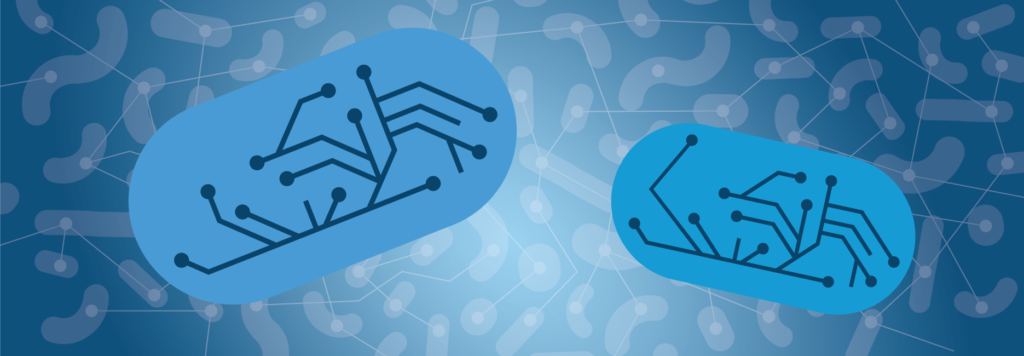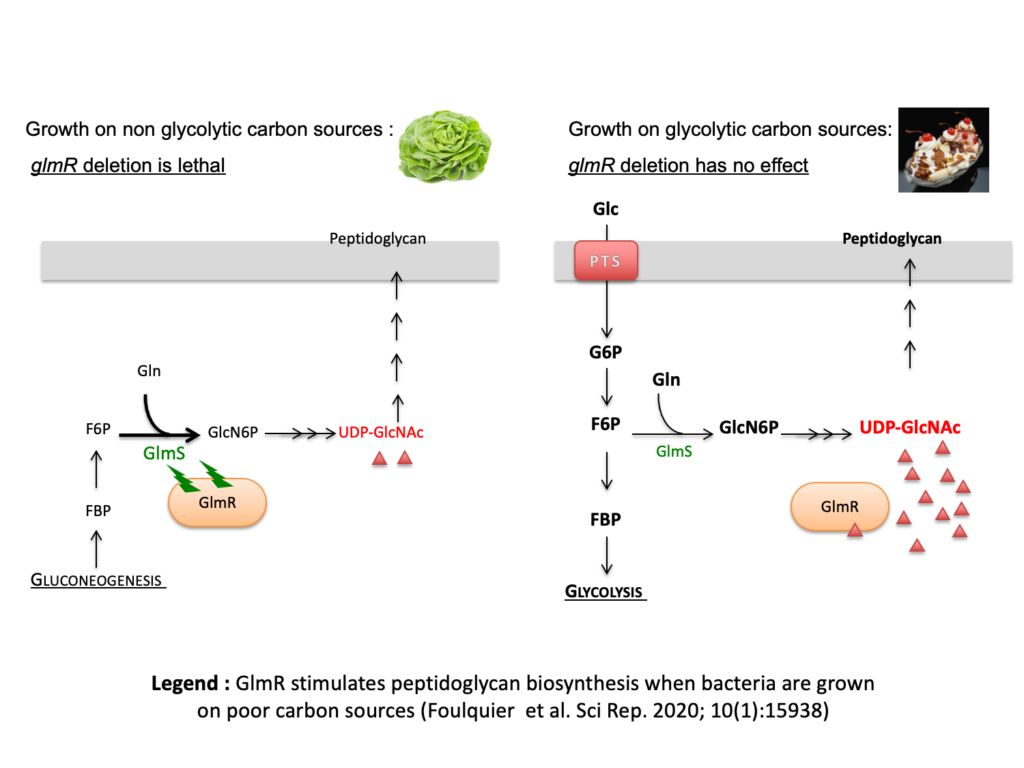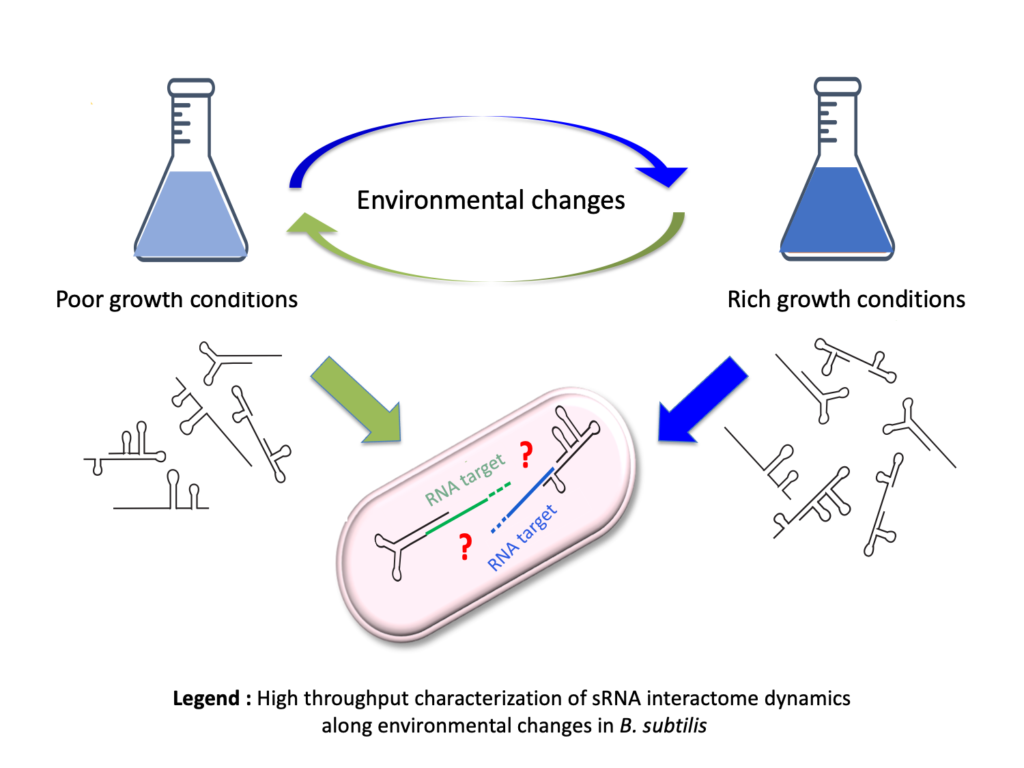LIFE’LAB – Thomas Kaboré rejoint la cellule REST, l’occasion de parler de ce réseau crée au LCB il y a un peu plus d’un an.
📣 Le LCB accueille Thomas Kaboré comme nouveau référent du relais REST Le Laboratoire de Chimie Bactérienne est heureux d’annoncer l’arrivée de Thomas Kaboré au sein de son










